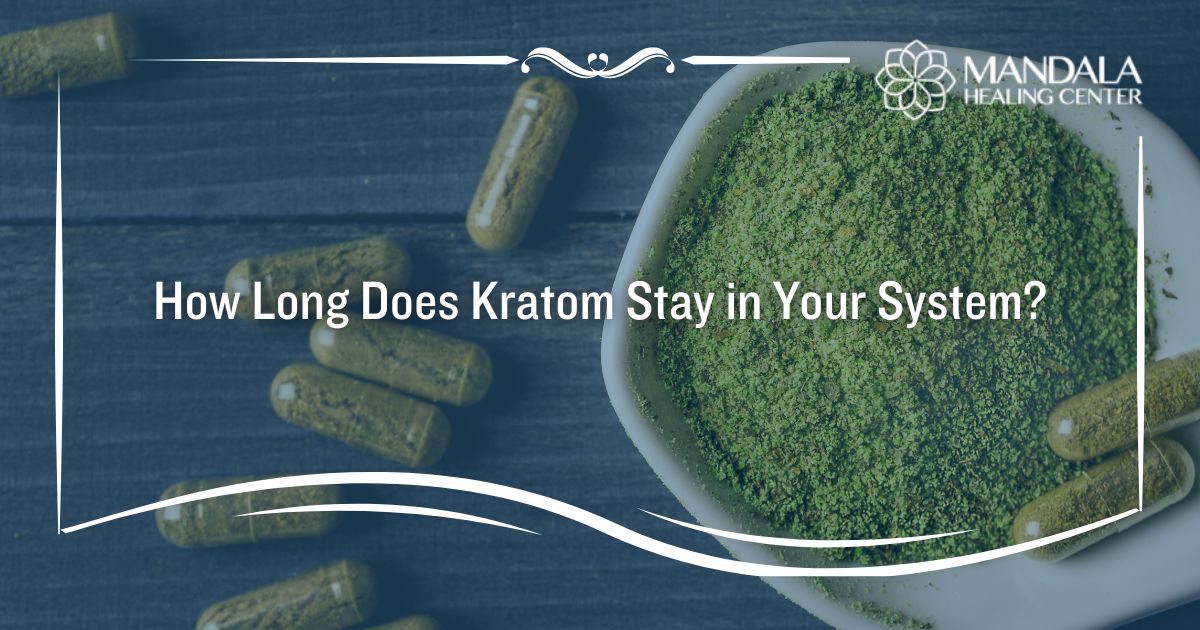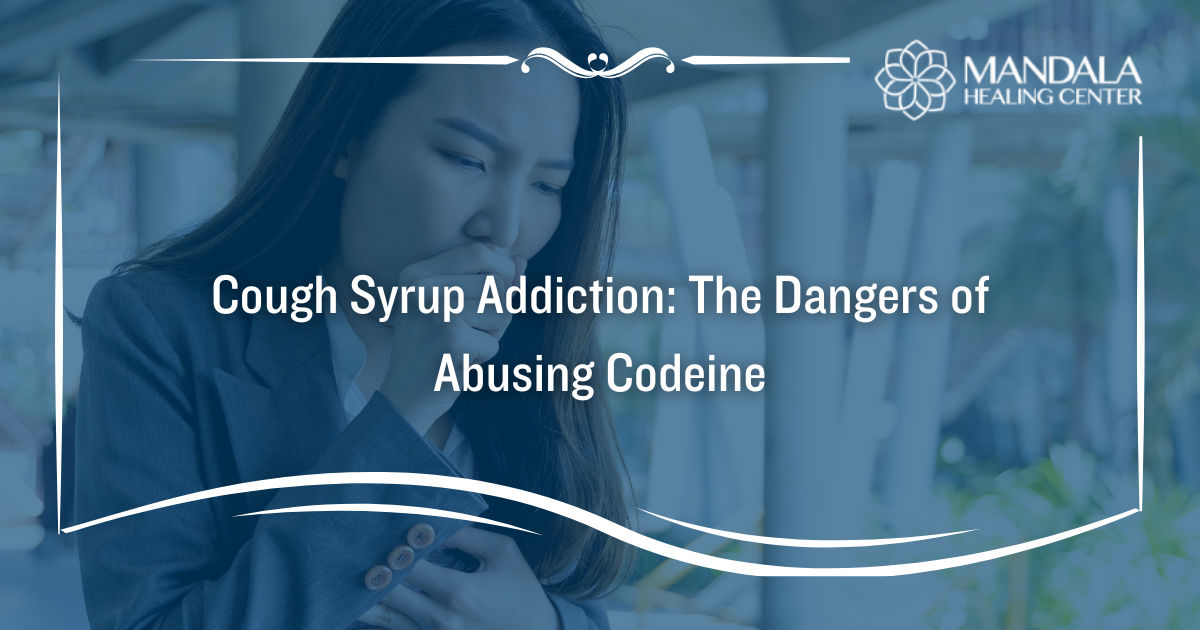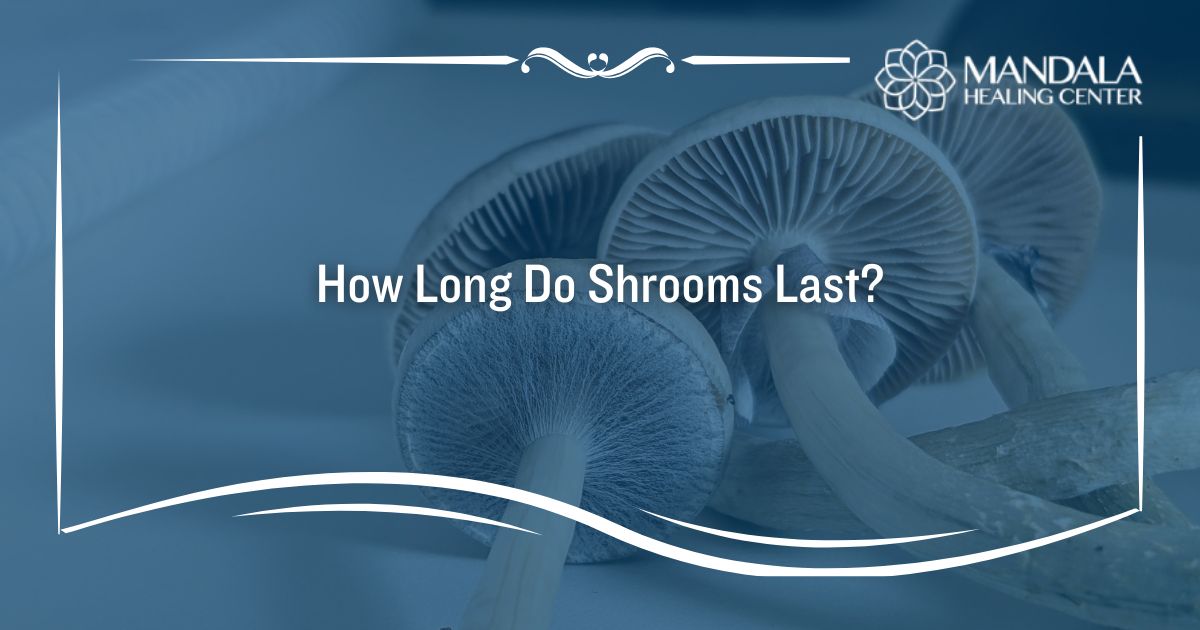Kratom is a tropical tree native to Southeast Asia, however, its leaves are causing it to gain popularity in the United States. When consumed, kratom leaves can cause either stimulant or depressant effects depending on the specific strain and the dose consumed. Low doses of kratom typically feel like a stimulant, while high doses produce depressant effects.
Since kratom acts similarly to opioids when taken in high doses, some people use it to overcome opioid withdrawal. With that being said, it’s important to note that kratom can be addictive when misused frequently. Additionally, the FDA does not regulate it, so the long-term effects are largely unknown.[1]
If you or a loved one abuse kratom, you might be wondering how long it stays in your system. The average half-life of kratom is 24 hours, so it can take up to 5 days for it to leave your body. While standard 5-panel drug tests cannot detect kratom, a 10-panel can determine if it’s in your system between 24 to 90 days depending on the type of test being used.
How Long Do the Effects of Kratom Last?
How long the effects of kratom last depends on a variety of factors, including how you consume it. People might consume kratom by drinking it, smoking or vaping it, swallowing an extract, taking a tablet, or swallowing a capsule. Additionally, some individuals might mix kratom with alcohol, which can also affect how long the effects last.
Smoking or swallowing kratom sublingually will produce almost immediate effects. On the other hand, swallowing a tablet or capsule will cause the effects to begin within 30 to 60 minutes, as the substance has to pass through the digestive system before it will affect you.
The effects of kratom can last anywhere from 2 to 8 hours, usually peaking within 3 hours of taking it. These effects may include:[2]
- Nausea and vomiting
- Itchiness
- Excessive sweating
- Dizziness and drowsiness
- Feelings of euphoria
- Insomnia
- Increased energy and talkativeness
While kratom can be pleasurable for some people, there have been reports of psychotic symptoms like delusions, hallucinations, and disconnection from reality.[2] To prevent adverse effects, you should stop using kratom and seek help for kratom addiction if you regularly consume it.
How Long Does Kratom Stay in Your System?
The half-life of kratom is around 24 hours, which means half of it is eliminated from your system at this time.[3] For a drug to completely be flushed out of your body, it can take up to 5 half-lives. Keeping this in mind, kratom can remain in your system for up to 5 days.
While kratom is usually out of your system by 5 days, it leaves behind metabolites that allow drug tests to detect it. It is important to note that standard 5-panel drug tests do not search for kratom, however, 10-panel drug tests do. The amount of time that kratom is detectable depends on what type of drug test is being used.
Urine
Urine is the most common way to test for drugs, especially when it comes to kratom. Urine drug tests can detect kratom in your system for 5 to 7 days after you last used it. People who have been using kratom consistently for a long period might test positive longer than a first-time user.
Saliva
Even though 10-panel drug tests can find kratom in your system, saliva drug tests cannot detect it because it does not remain in the saliva for very long at all.
Blood
While blood tests are less common than urine tests, sometimes they are used to determine whether kratom is in your system. Because kratom passes through the blood rather quickly, they can only detect kratom for 24 to 48 hours after your last dose.
Hair
Hair tests are the most reliable drug tests available. They search for every substance that could be in your system, which means a specialized panel is not required to detect kratom. Hair follicle drug tests can detect any substance (including kratom) in your body for up to 90 days after your last dose.
Factors that Affect How Long Kratom Stays in Your System
Keep in mind that individual variations play a significant role in the elimination timeline, and the following factors can affect how long kratom stays in your system:
- Metabolism – The rate at which your body metabolizes substances can vary from person to person. Individuals with faster metabolism tend to eliminate kratom more quickly.
- Frequency of Use – Regular and long-term use of kratom may result in its accumulation in the body, extending the time it takes for the body to eliminate it.
- Dosage – Higher doses of kratom may take longer to be metabolized and eliminated than lower doses. The concentration of kratom in your system is influenced by the amount consumed.
- Strain of Kratom – Different strains of kratom and its various forms (powder, capsules, extracts) may have different rates of absorption and elimination.
- Hydration Levels – Staying hydrated can support the body’s natural detoxification processes, potentially affecting the elimination of substances like kratom.
- Liver Function – The liver plays a crucial role in metabolizing substances, including kratom. Individuals with impaired liver function may eliminate kratom more slowly.
- Body Fat Percentage – Kratom is fat-soluble, and individuals with higher body fat may retain the substance for a longer duration.
- Genetics – Genetic factors can contribute to individual differences in how substances are processed and eliminated by the body.
- Age – Metabolic rates may vary with age, and older individuals may eliminate substances more slowly than younger ones.
Detoxing From Kratom: A Brief Overview
The only way to get kratom out of your system is to stop using it and let yourself detox. After long-term use, kratom may result in withdrawal symptoms that are similar to opioid addiction.
During the detox period, you may experience withdrawal symptoms, including anxiety, irritability, nausea, and insomnia. These symptoms are typically temporary and part of the body’s adjustment to the absence of kratom, however, they can be challenging to deal with on your own.
Seeking support from healthcare professionals or addiction specialists can help you effectively manage kratom withdrawal symptoms and ensure a safe detox process.
Find Help for Kratom Abuse and Addiction
If you or a loved one regularly uses kratom, you could be suffering from an addiction. Because kratom is not well-researched, the long-term effects of addiction are largely unknown. This makes long-term abuse extremely risky, highlighting the importance of receiving professional treatment.
At Mandala Healing Center, empathetic and compassionate care is the foundation of our addiction treatment services. With a combination of individual therapy, group counseling, and relapse prevention planning, you can achieve long-term recovery from kratom addiction in no time.
To learn more about our addiction treatment center, please contact us today.
References:
- The National Institute on Drug Abuse (NIDA): Kratom, Retrieved January 2024 From https://nida.nih.gov/research-topics/kratom
- The Drug Enforcement Administration (DEA): Drug Fact Sheet: Kratom, Retrieved January 2024 From https://www.dea.gov/sites/default/files/2020-06/Kratom-2020_0.pdf
- The National Library of Medicine (NLM): Pharmacokinetics of mitragynine in man, Retrieved January 2024 From https://www.ncbi.nlm.nih.gov/pmc/articles/PMC4425236/












